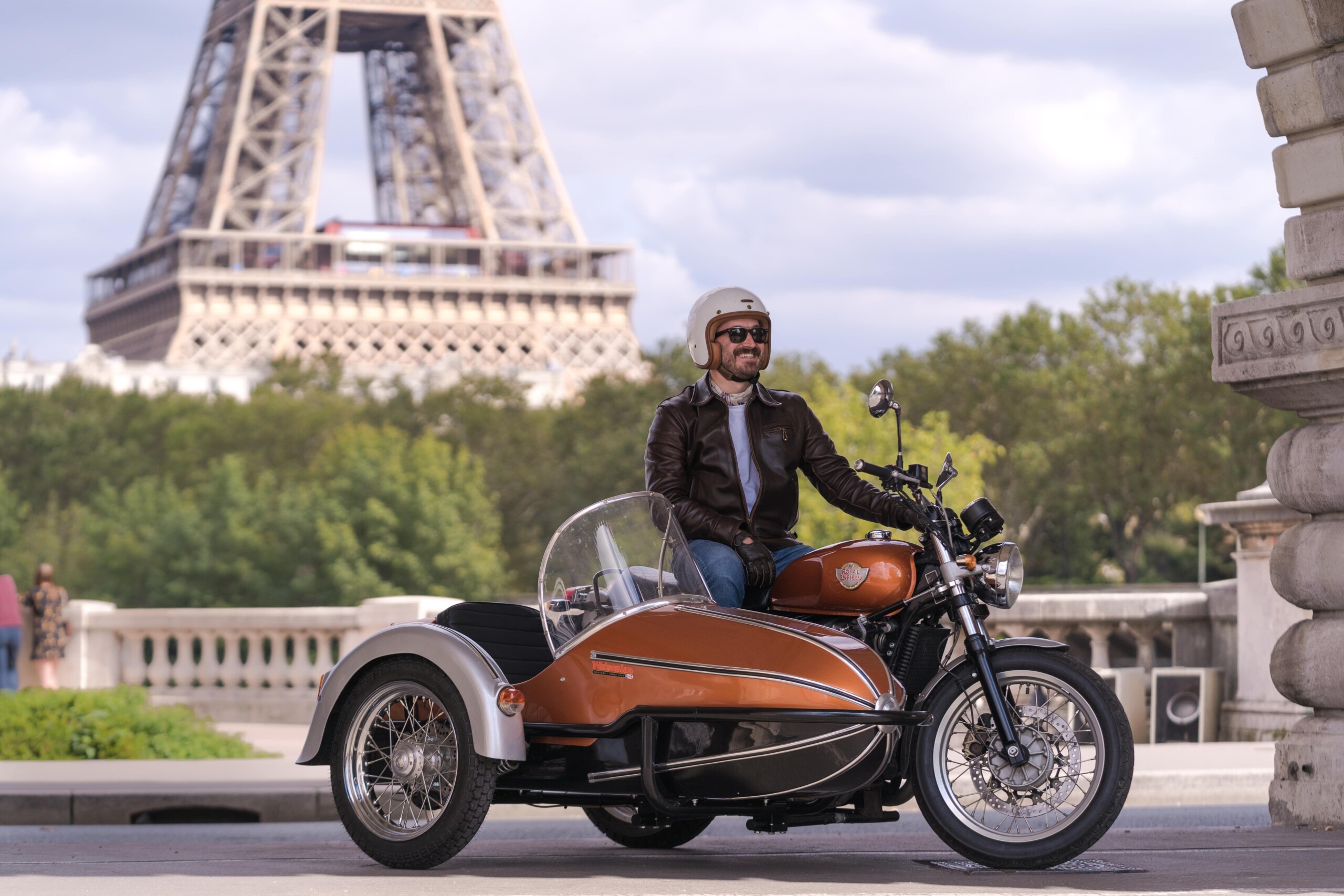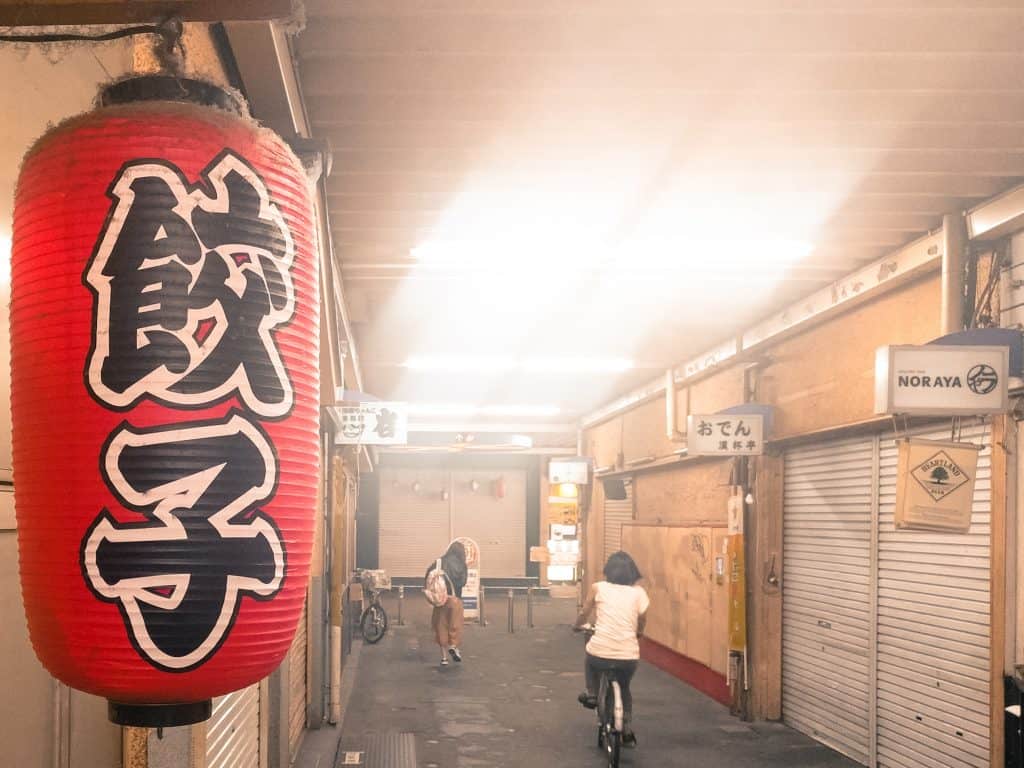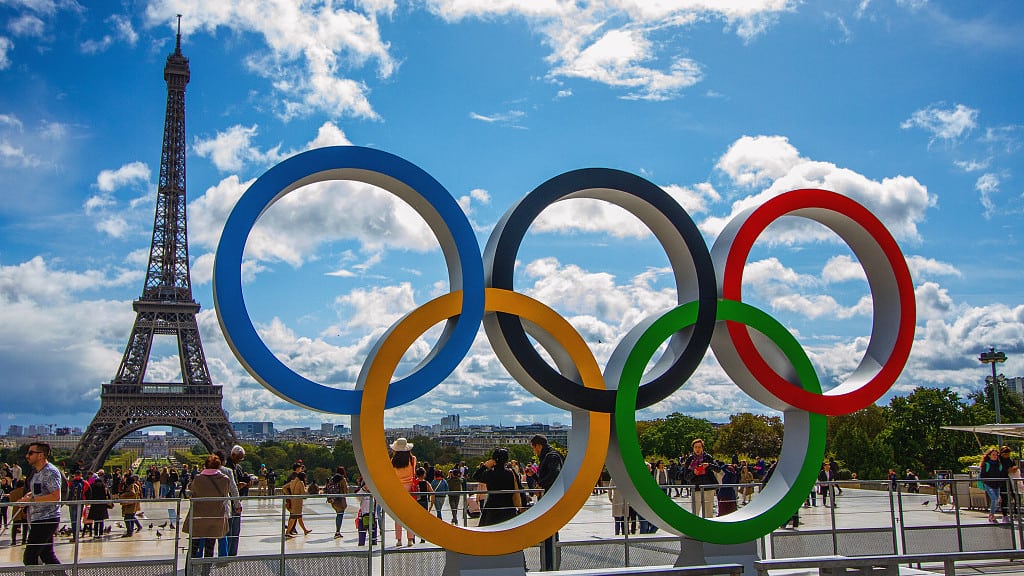Trying to get your head around the train system in Paris can be a pretty confusing experience. I’m often asked by visiting friends and family how to understand all the differently colored lines, destinations and directions. This article should help you land on your feet when you arrive in the City of Lights.
There are 300 metro stations and 16 lines which cover Paris’ city center. Each line has a corresponding color and number. The fuschia-colored number 4, for example, is usually signposted “4 Mairie de Montrouge/Porte de Clignancourt.” These names correspond to the line’s endpoints. So depending on your direction, you go to the platform “Mairie de Montrouge” or “Porte de Clignancourt”.
Once you’ve found the correct platform, the metro stops at every station, so you don’t have to worry about missing yours. Count around two minutes between each stop, and be aware that a lot of the metros have manual doors – so don’t wait for them to open automatically!
The first metro is at around 5.30, and the last at roughly 1 a.m., but the later you are, the less regular the trains. It’s best not to risk it, and give yourself plenty of time. Single tickets cost 1 euro 70, but I always recommend visitors to buy a pack of ten (“un carnet de dix”) which are better value for money. Never buy tickets from anywhere other than machines and official booths.
A great website to check for the best route is http://www.ratp.fr/plan-interactif/. The interactive map lets you choose your start point and destination, then tells you where to change, and how long the journey should take. It also has a bus map, if you prefer staying overground.
Commuter Trains: The “RER”
The RER is a series of commuter trains that go faster than the metro, but stop at fewer stations. The lines are lettered A,B,C,D and E (not numbered like the metro). If you’re taking the train from the airport, you’ll get on an RER train. Likewise if you visit Disneyland Paris or the Versailles Palace. Like the metro, doors don’t always open automatically, and you normally need to push a button. Make sure you get on and off pretty quickly, as the trains don’t wait on the platform for very long.
RER trains cover the “Île de France”. The name is a bit misleading, it doesn’t mean the whole of the country. Île de France is a region, of which Paris is the center, but the city only makes up zones 1-2 of 5. A lot of people live out in the suburbs, and use the RER trains to get to work…but they can be notoriously full/delayed/slow/closed.
If being stuck underground in a carriage isn’t the way you imagined seeing Paris, you might want to explore the tramways that circle the city. Or, an even better idea would be to see Paris by bike, as the city is small enough to be able to see almost everything you want on two wheels. It’s also a much more environmentally-friendly way of discovering the city, not to mention burning off a few croissant-calories!




